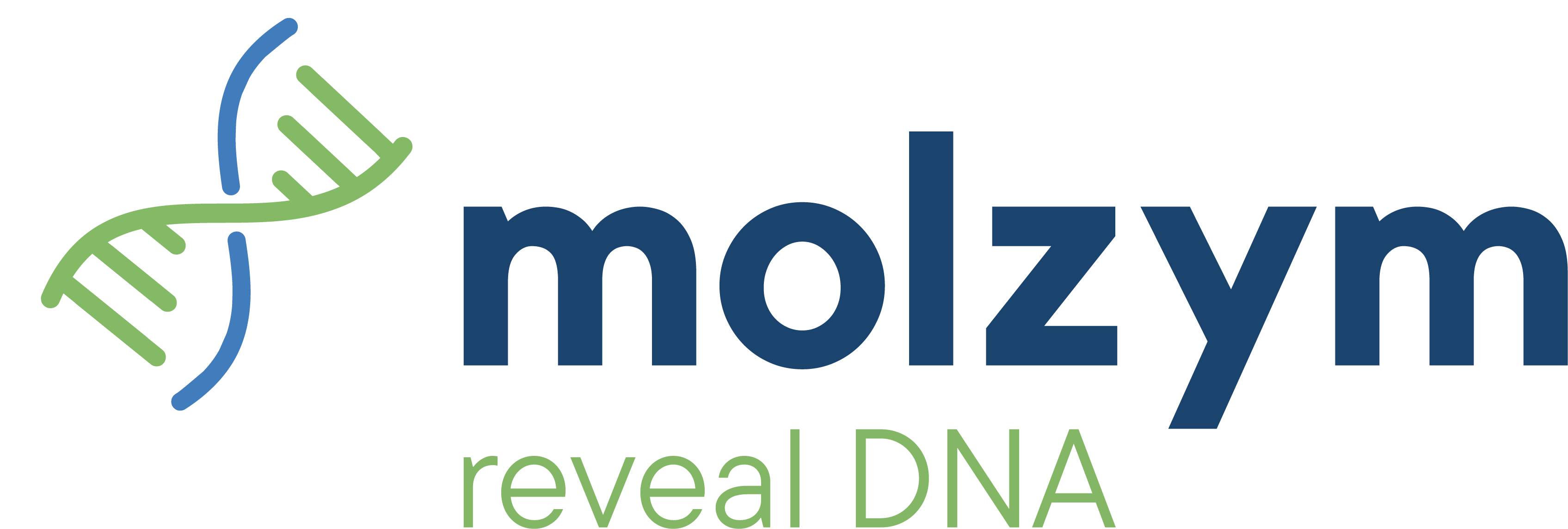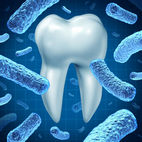Oral Microbiome Changes from Healthy to Carious Teeth
|
|
| 20 August 2019 | |
|
The abundance of species and the metabolic potential of mixed microbial communities in healthy and carious teeth were investigated by Abood [1]. Dental plaque samples from caries-free (PF) and caries-active teeth with lesions in the enamel layer (PE) were used for sequencing on Illumina® HiSeq 4000 instrument. To avoid loss of coverage of microbial sequences by unspecific amplification, the human DNA was depleted in the samples by MolYsis™ Basic5 pre-treatment (Molzym, Germany). MolYsis™ Basic5 pre-treatment in combination with DNA extraction resulted in less than 1% human DNA contamination in a ß-actin gene qPCR assay. NGS analysis confirmed the presence of only 0.03% human reads. In PE teeth, NGS analysis showed increased levels of gene activity involved in sugar transport and metabolism. The noticeably higher abundance of taxa relative to PF were regarded as potential contributors to this increased metabolic processes. Consistant with other studies, a certain commensal oral microflora like Actinomyces and Leptotrichia species could be associated with disease. In contrast to earlier reports, Prevotella nigrescens was found in PF and PE samples which argues against a role of this organism in pathogenesis. All in all, whole genome metagenomic sequencing delivers a high degree of taxonomic and functional information from complex microbial communities. |
|
| Reference | |
| [1] Abood A (2018) The oral microbiome of site-specific dental plaque in health and disease. All Theses. 2960. | |
| Brochure Product Information | |

